It is complicit in Hizballah’s terrorism and subversion, in Europe and the US.
Iran has used its Islamic Revolutionary Guard Corps (IRGC) Qods Force to finance Hizballah, Shiite militias and Sunni terrorist organizations. Iran’s foreign ministry finances Hizballah too.
A series of Iranian civilian organizations have been blacklisted by the US because they assist the Qods Force in financing Hizballah (a Foreign Terrorist Organization under US law). This includes Iranian banks like Bank Saderat, Bank Melli and Ansar Bank, Iranian airlines like Mahan Air and Fars Qeshm Air, and various charity funds like the Shahid Foundation, the Imam Khomeini Relief Foundation and the Iranian Committee for the Reconstruction of Lebanon.
Attention must now be drawn to the Iranian foreign ministry, which also is involved terrorist attacks and subversive activity around the world. According to American authorities, Hossein Sheikholeslam (who served as Iranian deputy foreign minister between 1981 and 1997) dispatched the IRGC personnel to Iranian embassies across Europe, Asia and Africa. Furthermore, in September 1987, the CIA revealed the existence of Department 210 of the Iranian Foreign Ministry. According to the CIA, the department functions as an operations center for coordination with Iranian intelligence officers abroad and is often used to instruct intelligence officers about terrorist attacks.
The terrorist campaign which Iran has been waging throughout Europe in recent years is a concrete example of the integration of the foreign ministry into the Iranian terror infrastructure. Asadollah Assadi, who led the attempted attack in June 2018 at the conference of the Iranian opposition party Mojahedin Khalq in Paris (attended by Rudy Giuliani and others), was listed as a diplomat at the Iranian embassy. Yet, he was an intelligence officer of the Iranian Intelligence Ministry (MOIS) tasked to follow Iranian oppositionists. Assadi was arrested in Germany and extradited to the Belgian government after he allegedly transferred a concealed device containing explosives to a pair of Belgian-Iranians in Luxembourg shortly before the opposition meeting took place.
There are other examples which prove Iranian use of its diplomatic cadre for terrorist purposes. In 2018, Albania expelled the Iranian ambassador and another diplomat after they were involved in a planning of terrorist attack during a game played by the Israeli national soccer team in Albania. Mohsen Rabbani played a key role in the bombing of the AMIA Jewish community building in Buenos Aires in 1994, while serving as cultural attaché at the Iranian embassy in Argentina.
Ali Akbar Hashemi Rafsanjani (1934-2017), previously number two in the hierarchy of the Iranian regime, has admitted that the appointments of the Iranian ambassador in Lebanon as well as other key Middle Eastern countries like Afghanistan, Iraq, Yemen and Syria were coordinated with the IRGC and confirmed only after its approval. Hossein Sheikholeslam, previously deputy foreign minister of Iran, used to meet with Imad Mughniyeh, Hizballah’s military chief, during Mughniyeh’s visits to Tehran.
Iranian foreign minister Zarif has met regularly with Hizballah Secretary General Hassan Nasrallah as well. Zarif even visited the grave of Imad Mughniyeh in 2014. It is likely that these meetings related also to Iran-Hizballah financial ties. It is important to note that according to the CIA, Nasrallah himself was directly involved in many terrorist attacks by Hizballah, including kidnappings of hostages, hijacking of planes and other terrorist attacks by the organization even before he was appointed chief in 1992. Thus, the separation between the political wing and the military wing of Hizballah, which some countries continue to posit, is illusory.
Recently, the British media reported discovery of four secret installations on the outskirts of London where Hizballah stored ammonium nitrate. The existence of these factories was exposed by the Mossad in 2015 and brought to the attention of the British government a few months after the nuclear deal in the fall of 2015. However, the British government chose not to disclose the information to parliament (which discussed the definition of Hizballah’s political wing as a terrorist organization) nor to the public; apparently not to harm the support for the nuclear deal.
In other words, the Iranian foreign ministry was partly financing Hizballah subversion and terrorism in Europe while Zarif and his staff were negotiating with representatives of the P5+1 in Vienna.
In view of this, the Iranian foreign ministry should be sanctioned by the US. Iranian and Lebanese figures who are part of the financial apparatus that transfers funds from Iran to Hizballah have already been placed under American sanctions. This was the case with senior IRGC officer Reza Mousavi and senior Hizballah official Muhammad Jafar Qasir. The latter heads Hezballah’s 108 Unit responsible for transferring financial aid from the IRGC Qods Force to Hizballah as well as transferring arms from Syria to Lebanon.
Israel should launch a public awareness campaign in this regard. It should seek to undermine the dignified diplomatic aura curried by Zarif and other Iranian foreign ministry officials. European leaders and publics should be made aware of the direct financial assistance that Zarif gives to Hizballah, posing a threat to European national security.
According to the US Treasury, Hezbollah operations across Europe are headed by senior operatives of the terrorist organization. Hizballah’s terror in Europe has included an attack in Burgas in 2012, in which five Israeli tourists and a local bus driver were killed (carried out by a Hizballah operative, Muhammad Hassan al-Husseini). Hizballah also has established terror cells in order to perpetrate attacks against Israeli interests in Europe, laundered activity, fundraised and trafficked in drugs and arms.
In addition, Israel needs to bring this information to the attention of Democratic politicians and leaders in the US – who talk about re-engaging in the JCPOA if Democrats return to the White house in 2021. Attention should be drawn to the close linkage between the nuclear deal and the Iranian budget for Hizballah, which quadrupled following the nuclear agreement to $800 million a year. That budget apparently was cut recently because of renewed American sanctions against Iran.
Hizballah also plans to strike at the US. Take the case of Ali Kourani and Samar el-Debek, American citizens of Lebanese origin, who were arrested by the by the FBI in 2017 and recently sentenced. Kourani was recruited in 2002 by the Hizballah Foreign Operations Unit headed by Talal Hamia (Unit 910) and instructed to gather intelligence about possible targets for attack in the US – including JFK airport, FBI and Secret Service offices in Manhattan, and military depots. Kourani also compiled a list of Israeli personalities who could be targets of Hizballah assassination attacks. El-Debek also was recruited to Unit 910 and identified targets for attack across New York.
In other words, Hezbollah plans to target not only American facilities across the Middle East but also to hit the US, when Qods Force commander Qassem Soleimani orders it.
It should be noted that according to the FBI, Hizballah is responsible for the killing of more American civilians and soldiers than any other terrorist organization except Al-Qaeda. Israel should clarify to American leaders that re-entering the Iran deal would likely again give Iran and its foreign ministry more cash for terrorist activity and subversion around the world, including the US.
JISS Policy Papers are published through the generosity of the Greg Rosshandler Family.
photo: sipo [CC BY 2.0 (https://creativecommons.org/licenses/by/2.0)]

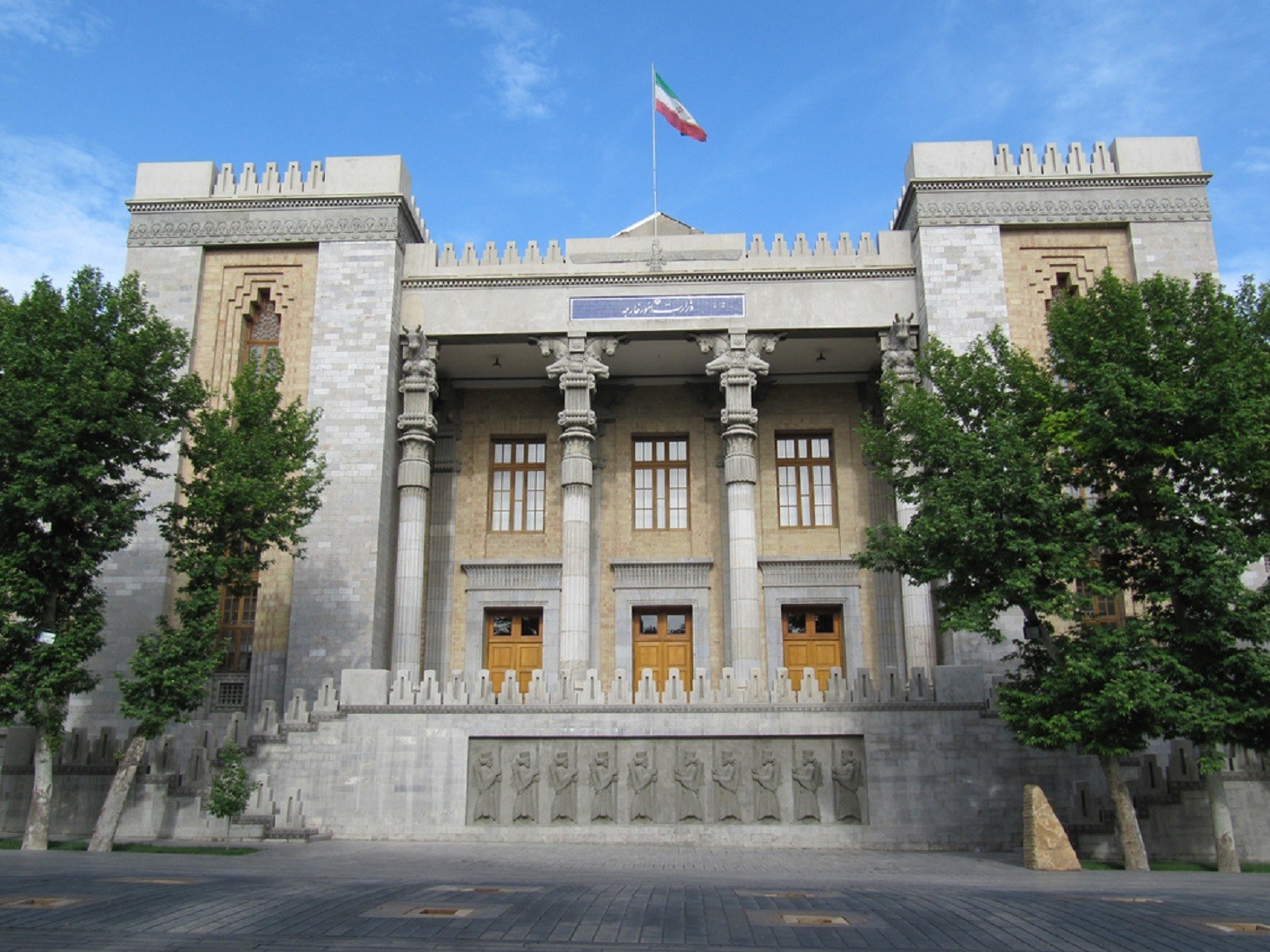
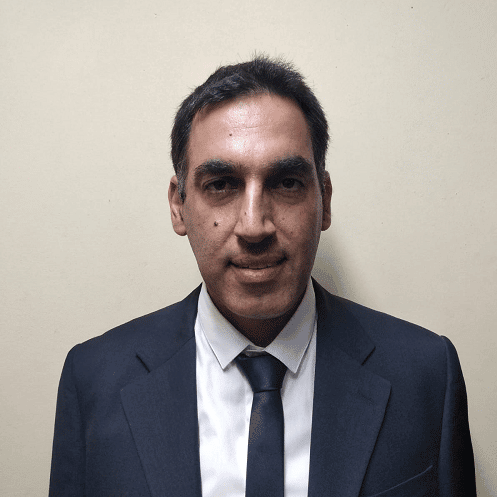
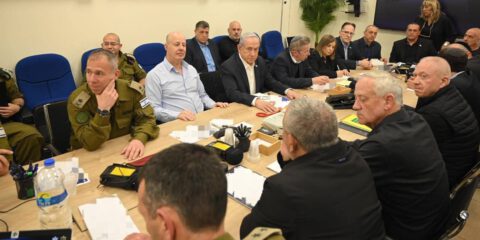

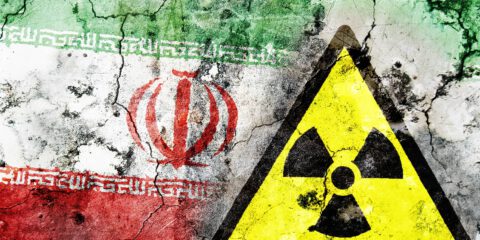
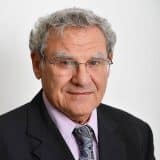
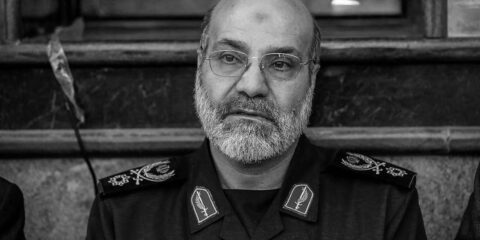
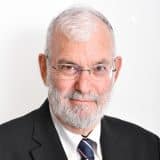
 - בניית אתרים
- בניית אתרים